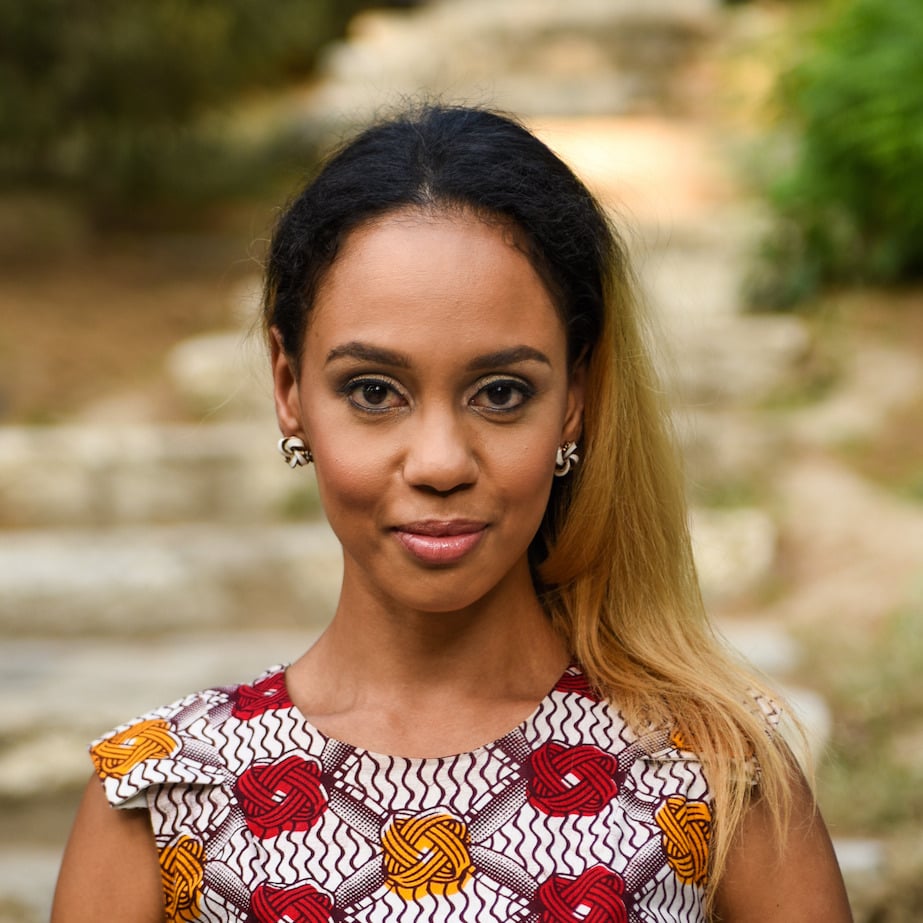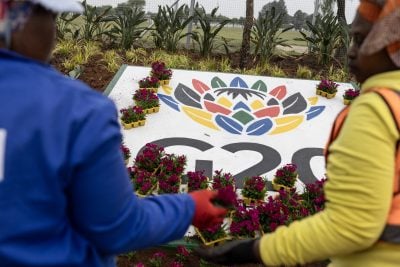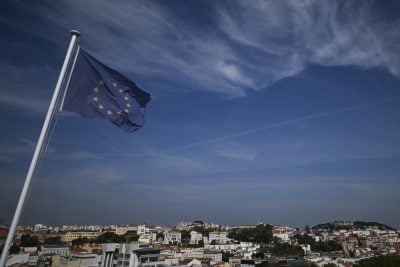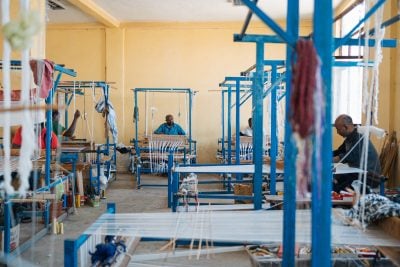Is it a bird, is it a plane? No, it’s Build Back Better World, or B3W, the G7’s newly announced plan for infrastructure financing around the world.
And its framing is certainly superhero-like. Pitched by the G7 as a new initiative to counter the “baddie” – in this case China’s Belt and Road Initiative (BRI) – the emphasis of B3W is on values, standards, democracy, transparency and a whole host of other keywords.
There are geopolitical reasons to be sceptical of B3W. It could be used as a means to discipline governments. Just as human rights can be used to judge eligibility for certain programmes or economic deals, certain values could be the new yardstick for being allowed to receive infrastructure funding.
Similarly, the banding together of G7 countries against China can be interpreted as cynical. The fact that B3W was not immediately opened up to broader membership is a case in point – and contrasts to China’s “the more the merrier” approach to membership of BRI.
The super B3W is also missing key details. For instance, what types of infrastructure might it focus on? Will internet cables, roads, rail, ports, special economic zones or new hotels and offices qualify? Will it be financed through grants or loans? Which G7 institutions will be involved? Quantitative metrics are also missing – such as funding volumes or physical infrastructure goals.
There are also questions about how it would be coordinated across the G7 – will funds be pooled into an existing development finance institution (DFI) or might there be some sort of new joint trust fund? Only the Blue Dot Network, a global infrastructure certification system for roads, ports, and bridges with a focus on the Indo-Pacific region, has so far been linked to B3W. BBC reports suggest that one of the first B3W projects will be a telecommunications project in South Korea.
That said, at the stage at which BRI was launched in 2013, originally as the One Belt One Road Strategy (OBOR), these same details were missing, and arguably still are. To date, there is no official documentation showing the organisational structure of the BRI. The author Yuen Yuen Ang characterises the BRI as a “campaign” for “vision setting, mass mobilisation, and subsequent recalibration”.
Hence, within Africa for instance, there remains confusion as to what “counts” as a BRI project or a Forum on China Africa Cooperation (FOCAC) project – the latter referring to the 20-year-old intergovernmental process that has comprised regular financial commitments from China to African countries, especially for infrastructure.
Credibility problem
These are all important critiques, but B3W’s biggest problem is credibility. As the BRI versus FOCAC confusion demonstrates, even before BRI, China had a track record of financing infrastructure that the G7 simply does not.
Over the last 40 years, China’s domestic infrastructure has expanded – especially since 1990 – with networks multiplying by the hundreds. To give one example, China’s high speed rail network – now accounting for over 65% of the world’s total network, was only initiated in 2007.
Meanwhile, aid and loans have been spent by various Chinese agencies and banks for both large and small infrastructure projects – from rail and roads to hospitals and government buildings – and Chinese state-owned and private companies invested in facilitating trade as well as manufacturing for local markets.
The effectiveness of this footprint varies – many aid projects are low impact, and constituents in low- and middle-income countries complain about Chinese workers, environmental standards and the quality of goods. But there is no doubt that China has a clear track record on infrastructure building overseas.
In contrast, over the same 40-year period, the relationship between the G7 and low- and middle-income countries has been defined by – in turn – rising interest rates on debt after the 1970s oil crisis, structural adjustment in the 1990s, debt relief in the late 1990s and 2000s, and the UN’s Millennium Development Goals (MDGs).
The upshot? That aid, loans, and private investment from G7 countries have not kept pace with economic growth across low- and middle-income countries, and, except perhaps when directed through the World Bank, hardly featured infrastructure.
As a result, when China says BRI will include infrastructure building, it can be believed, albeit while raising important questions around quality. In contrast, when the G7 says there will be infrastructure building, the big question is not quality – it’s whether it will ever happen.
Why is this? Typically, the G7 and other high-income countries have apportioned blame to low- and middle-income countries. A “lack of bankable projects” is an oft-used refrain in Africa for instance.
Lack of vision
Yet the real problem is the G7’s vision. In contrast to China, the G7 still have no vision of significant, transformational development in African or other economies.
Private lenders visit African, Latin American and Caribbean or Asian and Pacific countries and see risk, not opportunity. Development professionals design aid projects around perpetual agricultural societies, rather than using aid and infrastructure to create incentives for people to shift to manufacturing and services. G7 presidents and prime ministers engage with their developing country equals and don’t see leadership – they see corruption. They see transactions with China that they want to be in the room to either supervise or ensure do not encroach on existing security interests.
If infrastructure will be built with G7 finance through the super B3W, in all likelihood it will be insignificant in scale, attract high interest rates, target middle-class consumers rather than the poorest, and operate in a narrow set of countries. It will likely also be conditioned on the G7 somehow being able to monitor untrusted dealings between recipient countries and China, including via IMF or World Bank surveillance.
Yet, that will be no change from the status quo. It is what infrastructure conditioned on values, standards, democracy and transparency looks like. It is not disruptive.
If the G7 really want to disrupt allegedly villainous China, building a new vision is necessary. G7 countries need to find a way to appreciate and invest in developing countries that are ready to transform, fast. The fact is, there is no lack of ambition for development in low and middle-income countries, including on the African continent.
The momentum around the African Continental Free Trade Agreement (AfCFTA) is a perfect example. Most African economies have climate change action plans. They want to be manufacturing to export within the region as well as to G7 markets, now. This is not hubris or risk, it’s energy.
B3W will only be a superhero if the G7 stop looking directly at China as “the baddie” and focus on the ambition of other countries. That’s the only way they’ll get some bang for their super words.
Hannah Ryder is the CEO of Development Reimagined, a pioneering African-led international development consultancy based in China.
Ovigwe Eguegu is a policy adviser at Development Reimagined and a specialist in geopolitics.
Want to continue reading? Subscribe today.
You've read all your free articles for this month! Subscribe now to enjoy full access to our content.
Digital Monthly
£8.00 / month
Receive full unlimited access to our articles, opinions, podcasts and more.
Digital Yearly
£70.00 / year
Our best value offer - save £26 and gain access to all of our digital content for an entire year!
 Sign in with Google
Sign in with Google 



